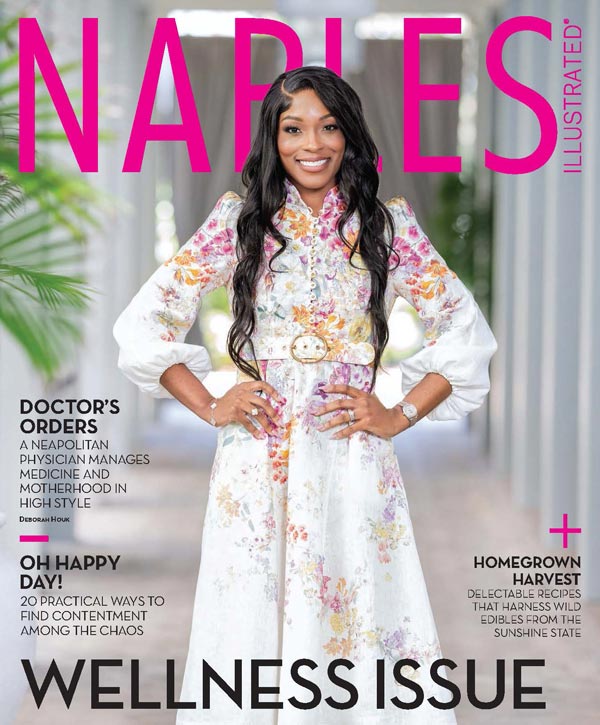
Recently, an otherwise reputable restaurant sent out an email advertising seasonal beverage specials. “Rosé all day!” it proclaimed. “Rosé all summer!” They described their two featured cocktails: Rosé Lemonade (spiked with vodka) and Rosé Sangria. In one paragraph, they reduced a respected beverage program to the status of a Bar Mitzvah in central New Jersey.
The mania is now widespread. Last week, a friend of mine described rosé as “the ultimate lifestyle wine.” This is a woman who, ten or fifteen years ago, would have preferred to walk around naked rather than order a glass of pink wine in public. Truth be known, no one was ordering it fifteen years ago, for fear of being confused with a White Zinfandel drinker.
We’ll all be sick of rosé shortly, which is a shame, because it has much going for it beyond its status as the flavor of the moment. The category contains many wines which are both serious and entrancing, a hard combination to find. While it may or may not be the ultimate lifestyle wine, it has the distinction of pairing with a very wide range of foods (“Rosé goes with everything,” said Julia Child, who would have felt right at home today).
One wine well worth investigating is Volage ($30), a sparkling rosé from the Loire Valley. It is classified as a Crémant de Loire, which means it is produced by the time-consuming, traditional Champagne method. The pedigree of Volage is impeccable: made from old vine Cabernet Franc, it was crafted by winemaker Elodie Battais and the late, legendary Patrick Léon, former winemaker at Mouton-Rothschild and Opus One and the consulting enologist at Chateau d’Esclans.
Volage has a pale copper color and a bright, brash nose filled with aromas of red fruits. If you don’t drink a lot of sparkling rosé and you’re fearful the wine might be sweet, don’t fret: it’s ranked as Brut Sauvage on the sweetness scale, and has less than three grams per liter of residual sugar (or next to none, in plain English). The mouth feel is taut and electric, and contains flavors of wild strawberry, raspberry and red currant which reverberate on the long finish. You can drink it by itself on a summer’s day, or use it as the perfect companion to a luncheon on the grass.
Mark Spivak specializes in wine, spirits, food, restaurants and culinary travel. He is the author of several books on distilled spirits and the cocktail culture. Friend of the Devil, his first novel, was released in 2016; his second novel, The American Crusade, a political thriller set during the invasion of Iraq, is now available on Amazon.










Facebook Comments